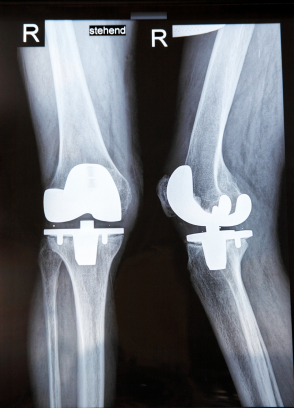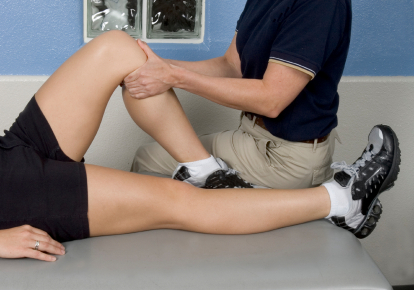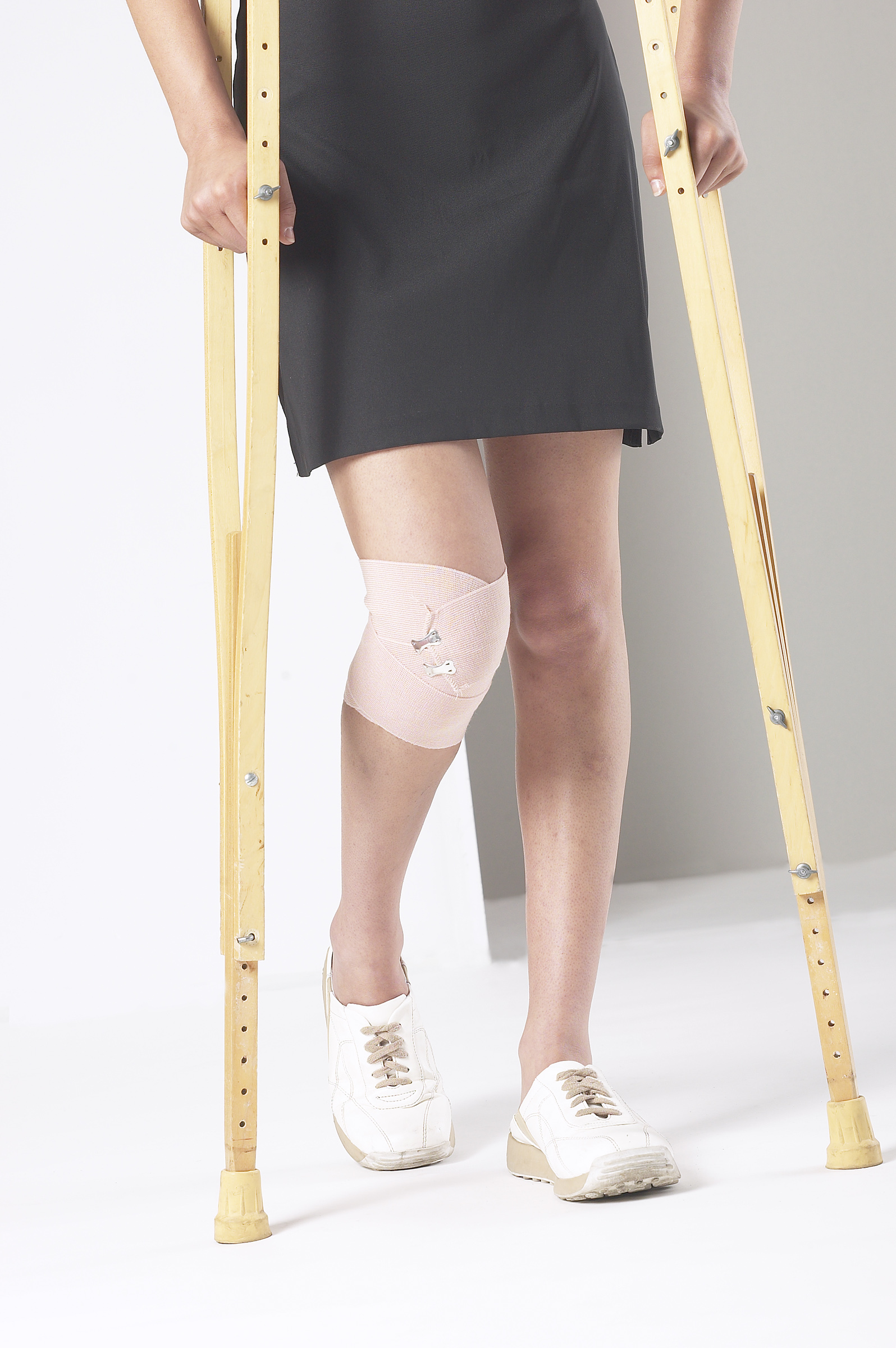 Problems that people face after a Total Knee Replacement
Problems that people face after a Total Knee Replacement
Loss of Range of Motion
Bending and straightening the knees becomes reduced over time.
The goal after knee replacement is to get the knee to at least 120 degrees of flexion or bending motion. You need at least 110 degrees to enter and exit a car and most people need 110 to 120 degrees to ride a bike. The more you have the easier it is to get in and out of tight places, or uttp from a squat, or getting up from the floor.
You need to be able to extend your knee to at least -10 degrees or better or you will have a leg length discrepancy and you will probably walk with a limp for the rest of your life.
What we find is even when people do 4 to 8 weeks of therapy following there surgery after 6 months to year they lose 5 to 20 degrees of the ROM that they had gained following their therapy.
For example we see someone in for Left Total Knee replacement and they report they had the right total knee last year. We measure the Right Total Knee and find that they have a 105 degrees of knee flexion however in their chart and when therapy stopped they had 120 degrees of knee flexion. That patient lost 15 degrees.
This is one reason we recommend each client come back for a tune-up annually. This is the time to review gait changes, range of motion, muscle strength, revise and revamp the exercise routine.
 Loss of strength
Loss of strength
Often this occurred long before the knee replacement. Stength loss happens in the muscles above and below the knee in the hip and ankles, low back and core. These muscles work to stablize, absorb shock and impact, drive blood flow to bones. Loss of strength gradually leads to loss of independence over time.
If someone gets a knee replacement they usually have had issues for years which has caused them to compensate: walk with a limp, lose strength in muscles that should be supporting the knee but because they are favoring that leg they lose strength in those muscles. It is a good idea to follow up with your physical therapist annually to evaluate gait for changes, range of motion, and strength to make the most of your new knee or hip.
It is important to understand many total knees have been prevented through building hip and ankle strength to stabilize the knee, re establishing proper mechanics with daily activity....all provided by our great physical therapy program. Call us!
Edema:
Swelling and wastes accumulation in the cells and the tissues around the scar tissue. The body needs to get rid of this as soon as possible. It causes more inflammation and pain. At FYZICAL we do a lot of soft tissue work to help get rid of the edema and to help loosen up the tissue and promote healing.
Pain:
Often it is hard to stay compliant to our exercise routines. As therapist we know most won't stay adherant to home exercise progams. Consequently loss of range of motion and strength occur resulting in increased symptoms of pain. Also gait and technique changes may have been altered and therapy can clean up the biomechanical changes noted with bending, squatting and movement.
One problem we find is people comparing themselves to other people with knee replacements. Many times people exaggerate how well they did after the TKA and they forgot how bad there knee really hurt. Don’t compare yourself.
When people stop doing therapy too early
or think that they can do on their own
they usually get into trouble.
Issues with Total Knee Replacements
Increased swelling or edema after infection: Need soft tissue mobilization to quickly remove the fluid and waste products that are contributing to loss of motion and poor muscle function. The quicker you get rid of these waste products and fluid the more quickly you will heal.
Must get to at least 90 degrees of knee flexion as soon as possible, we have found that the longer people stay between 70 and 90 degrees the more difficult it becomes to break the 90 degree barrier and get to 120 degrees which allows you to do all normal functional activities with no problems. Any knee flexion ROM below 120 degrees will contribute to more difficulties doing things like biking, entering and exiting a car easily etc.
You must get to at least -10 degrees of knee extension as soon as possible or this will be more difficult as time goes on. The less active knee extension you have the more it will affect your gait because in reality the less knee extension you have the shorter your leg is.
You must strengthen the muscles that support your knee. Prior to having knee surgery you probably limped and favored that leg. This would have caused atrophy and weakness of the all the leg and hip muscles and would have caused an abnormal gait pattern. You also would have favored that leg when ascending and descending stairs. Many times after knee surgery people don’t return to a normal gait pattern and they still favor that leg when ascending or descending stairs and when squatting or walking up or down hills. This puts excessive stress on the other knee and leg.

At FYZICAL our unloading system is used for early care to improve gait while promoting exercise to heal and return to normal function and strength. Functional movement is then added into your program so that you can return to Loving your life! Call us today if your knees are bothering you. We many be able to prevent surgery, and definitly improve the outcome of surgery by doing what is known as prehab. Learning what you should do prior to surgery and what the expected healing process and requirement will guide you to a success recovery.
